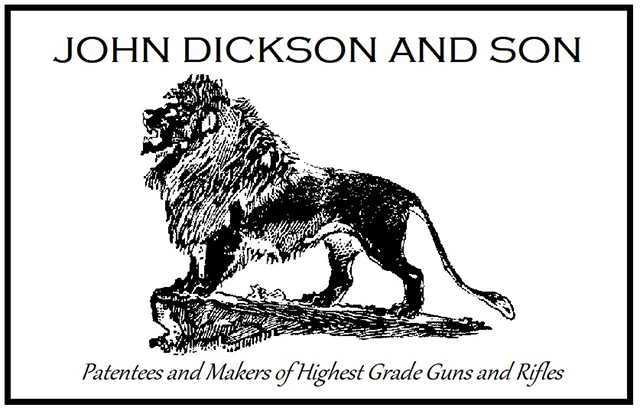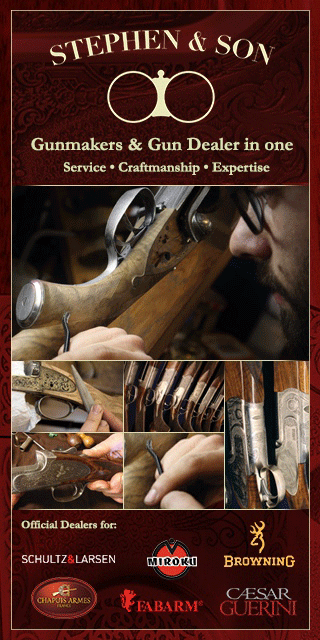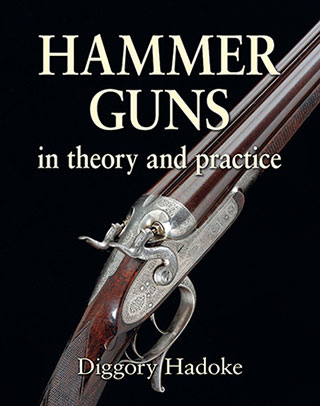'The greatest improvement ever produced in gunnery' is how W&C Eley modestly announced their Patent Wire Cartridges.
These shot concentrators were early attempts to keep the shot charge together before choke boring became the norm. The concept retained a degree of relevance well into the modern cartridge era, as ammunition makers worked on ways of lengthening range.
A patent for a ‘wire cartridge’ was lodged with the English patent office in 1827 by Joshua Jenour (patent No. 5570). The rights to this were bought by Eley Bros in 1828.
The early cartridges got a reputation for ‘balling’ (causing the lead pellets to melt together and form a solid projectile). The addition of powdered bone meal (in 1836) stopped this and the Eley Improved Patent Wire Cartridge was used by sportsmen throughout the muzzle-loading period. Their reputation went from poor; "circulation of imperfect ones has given the firm an almost irretievable blow", according to Col. Peter Hawker, to very good: "worth their weight in gold" according to the same commentator, within two years. Eley survived the scandal of these early quality-control issues (just) and, with a £100 investment from James Purdey, rescued their reputation and expanded.
Instructions for the use of Patent Wire Cartridges explain: ‘The charge of powder having been put into the barrel, take one of the cartridges and, after throwing aside the outer case, insert it with the end marked ‘TOP’ uppermost. Ram down smartly and should the wadding attached to the cartridge fit rather loose, an extra wadding of the proper size may be placed on the top without injury to the shooting. In using cartridges with double guns the usual precaution of occasionally ascertaining if the charge is home is necessary. particularly where the second barrel has been shaken by repeated discharges from the first.
The wire shot baskets containing the shot charge were wrapped in paper, coloured according to variety of content. Eley listed them as 'Royal', Green' and 'Universal'. The 'Universal' was 'intended for the first barrel early in the season... or for wood shooting' They contained no wire. The 'Royal' was wire-encased and 'intended for the second barrel' or for both later in the season. The 'Green' was for 'wildfowl and shooting at long distance, with large mould shot... very effective at large game where a sportsman has not a rifle in the field.'
Eley continued to make these wire-enclosed shot loads until 1920. When used in centre-fire cartridges, the wire-enclosed load is placed over the powder load and sealed with an over-shot card and rolled turnover.
It was claimed that wire shot concentrators delivered a 20% - 30% denser pattern, when fired through True Cylinder barrels, than did conventional loads. Live pigeon trap shooting gun clubs banned the use of wire shot-concentrators because they could sometimes hold the shot together as a solid projectile for longer than intended, with dangerous results.
Published by Vintage Guns Ltd on



